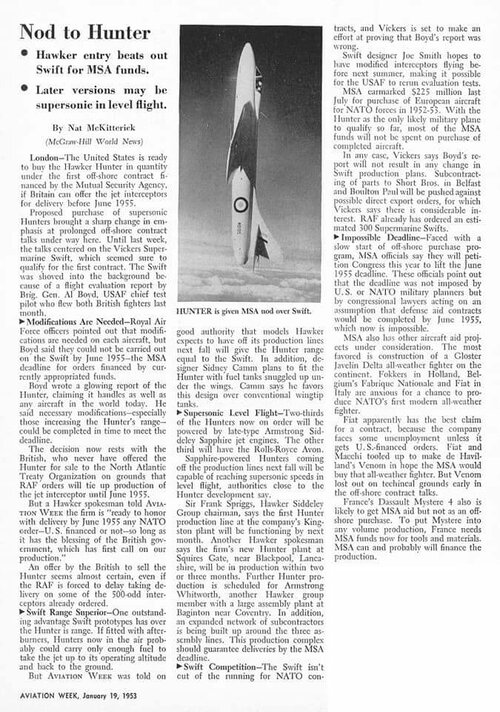- Joined
- 6 November 2010
- Messages
- 5,205
- Reaction score
- 5,373
Franz Josef Strauss.a senior German politician
Lockheed also bribed the Dutch prince-consort Bernhard.
We'll never know.I wonder how much effect they had on the procurement process
Strauss got away scot free at first, but the 1962 Spiegel Affair caused his removal as minister of defence anyway. When Bernhard's case spilled out into the open during the seventies, he was forbidden from ever appearing in uniform again. More action might have been taken, if the queen hadn't threatened to abdicate.
If the bribery in Germany and the Netherlands had become public during the early sixties, it would have been a black mark against Lockheed.



